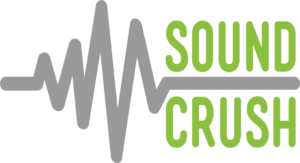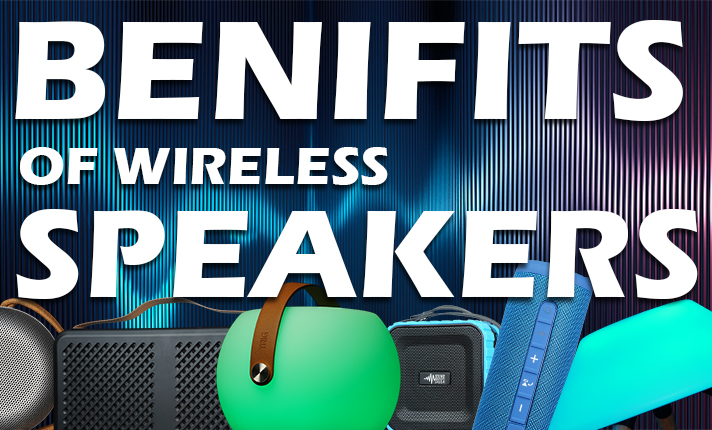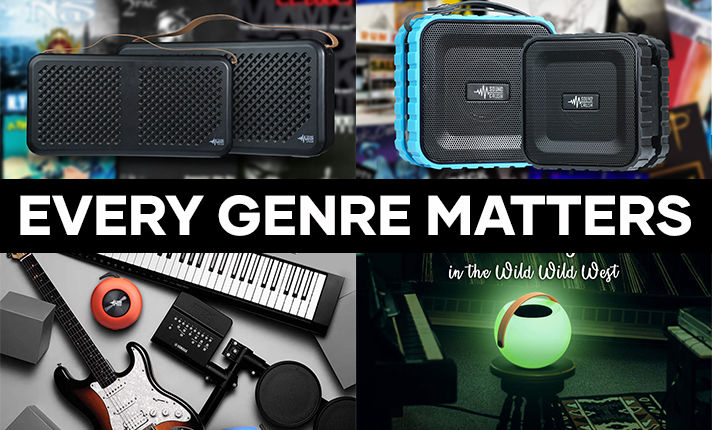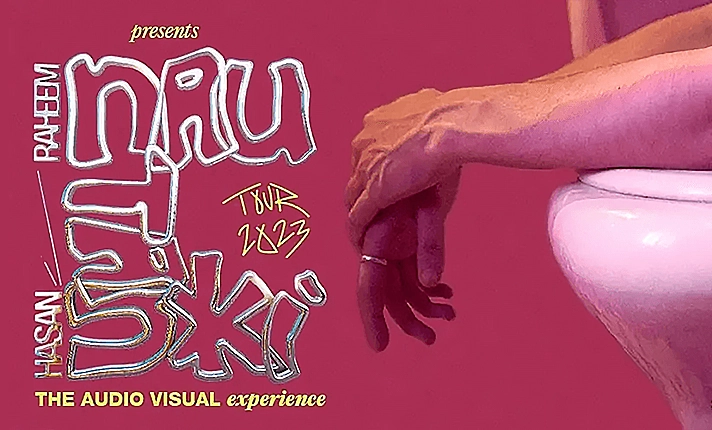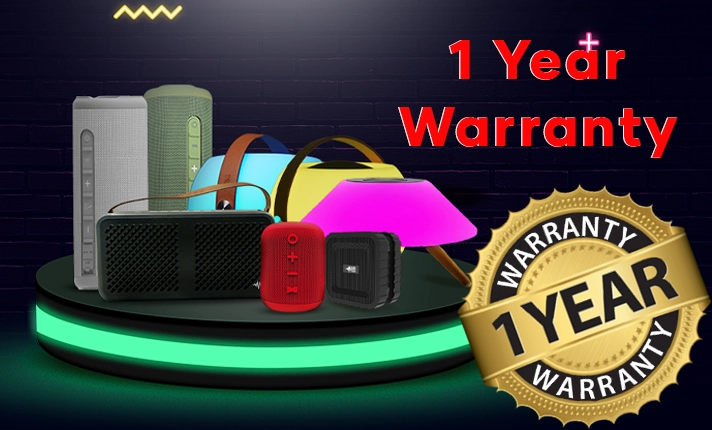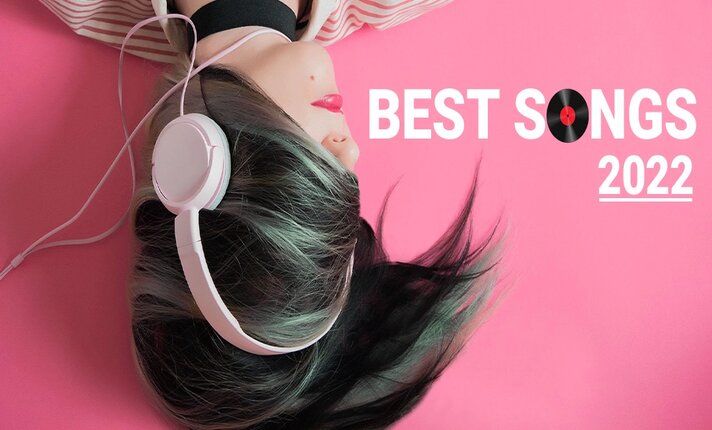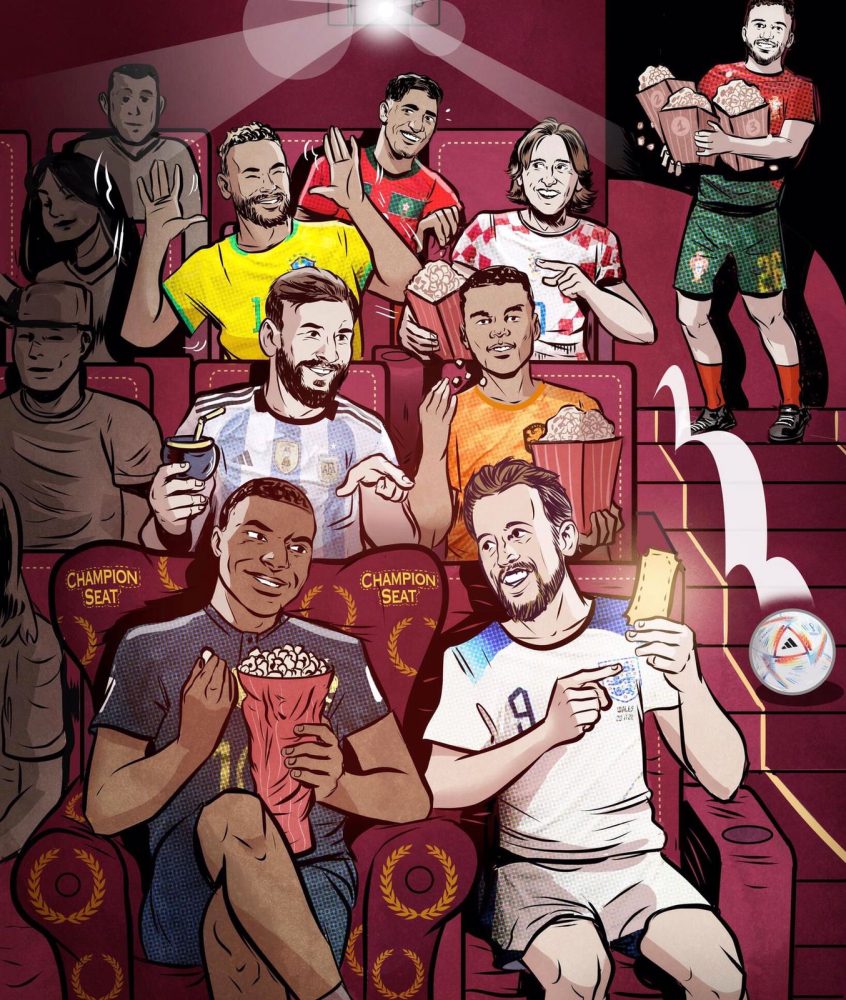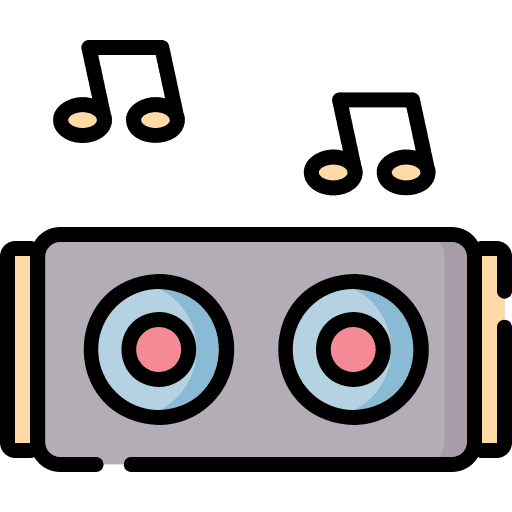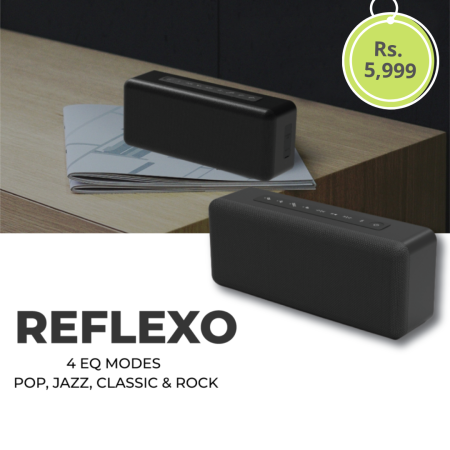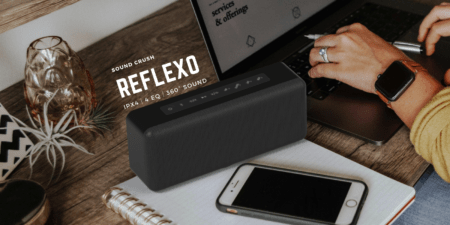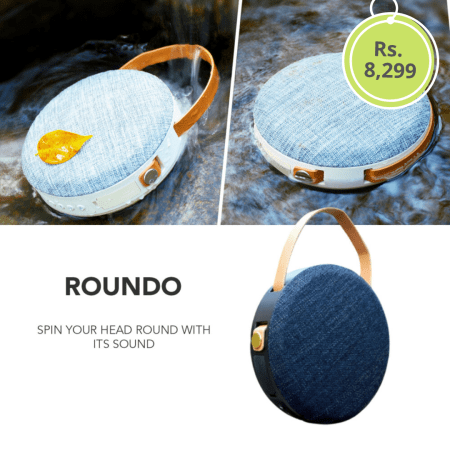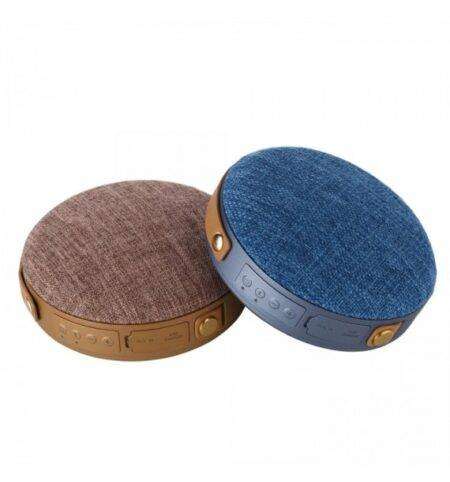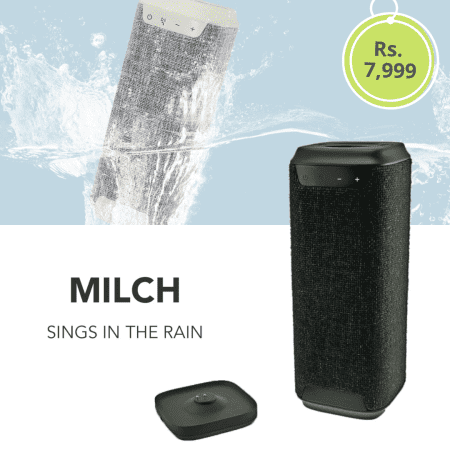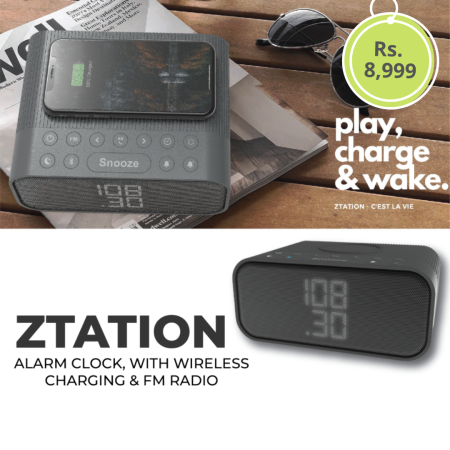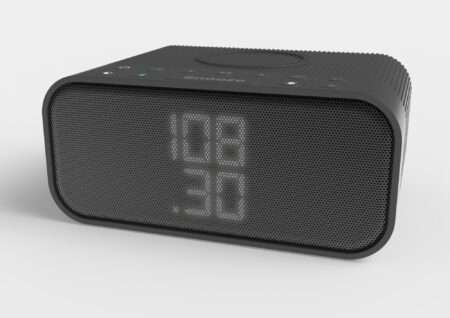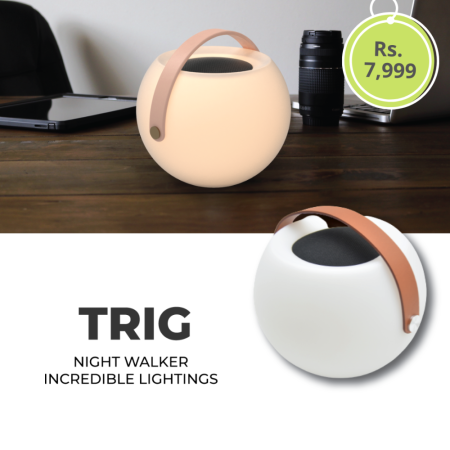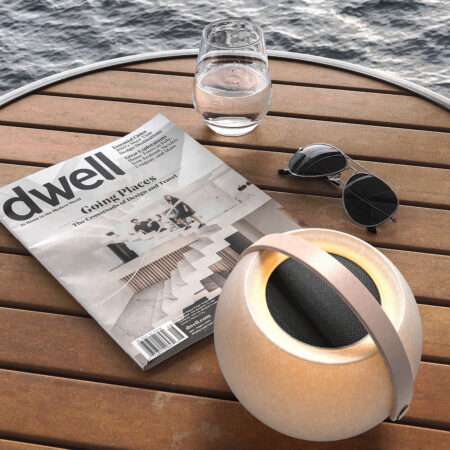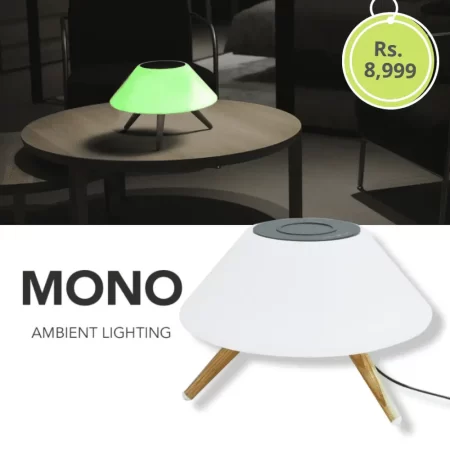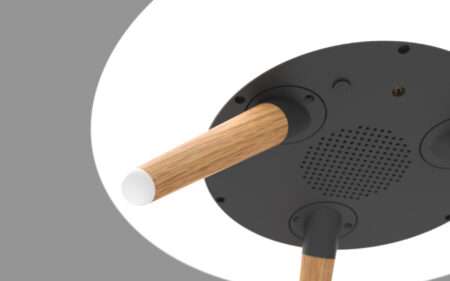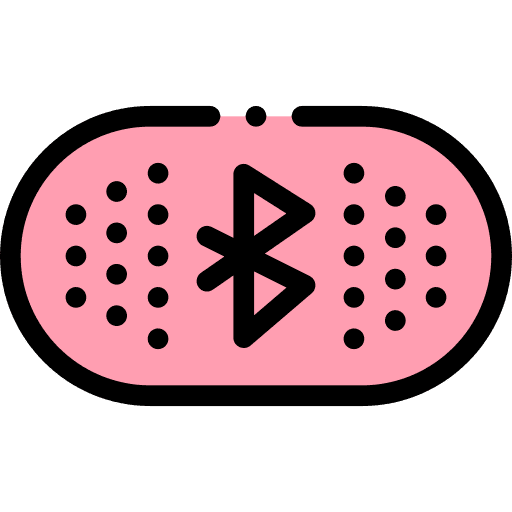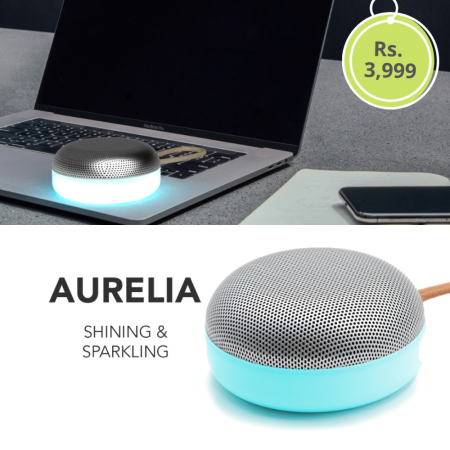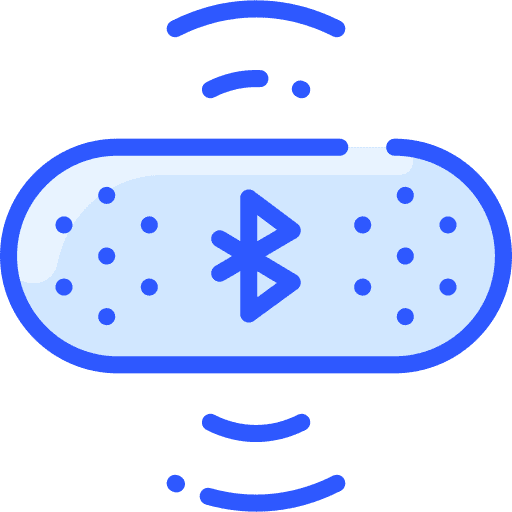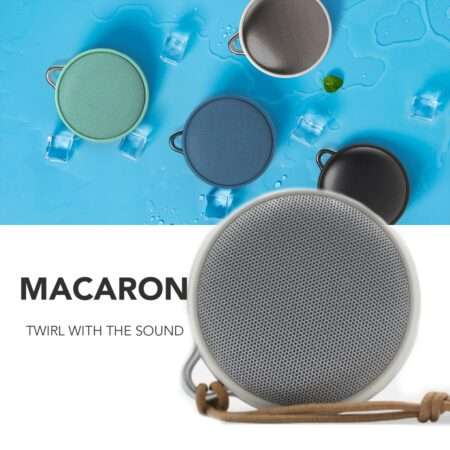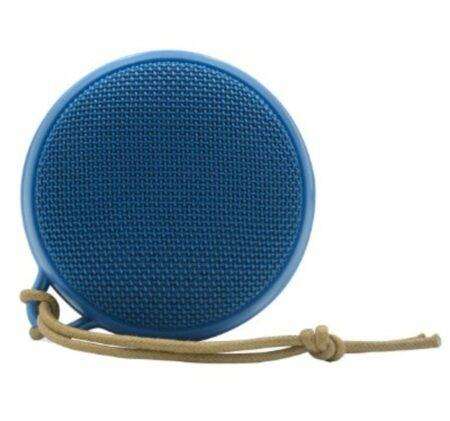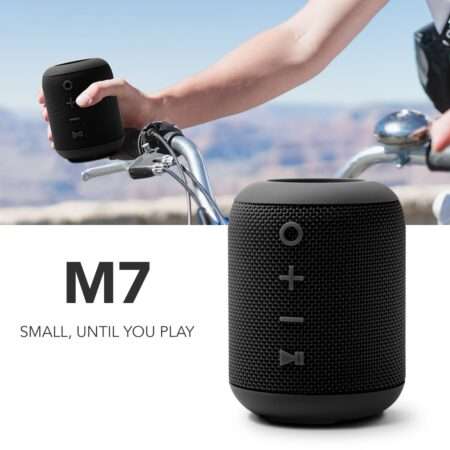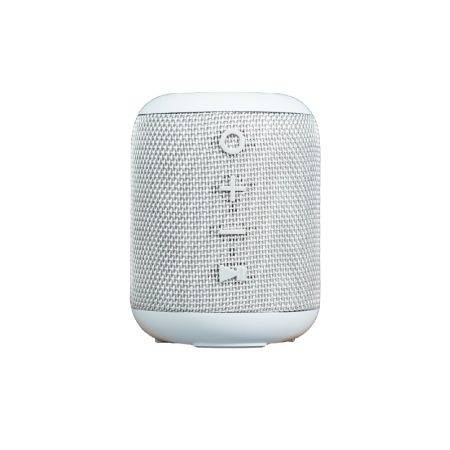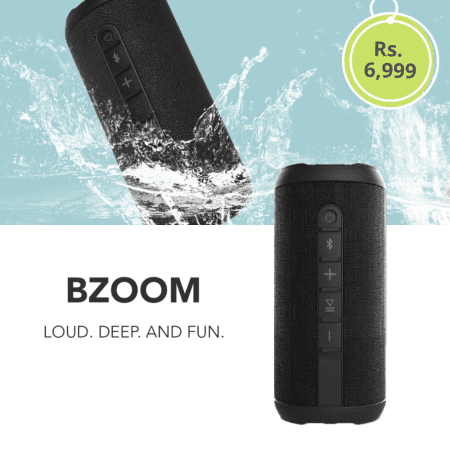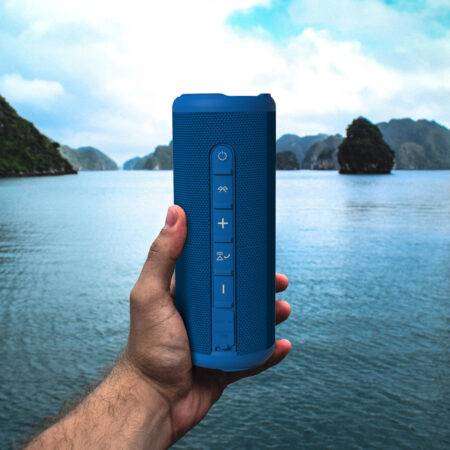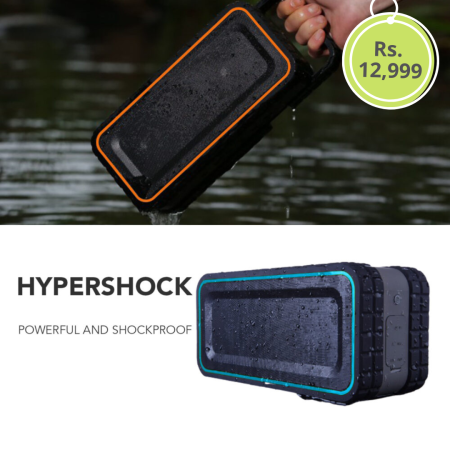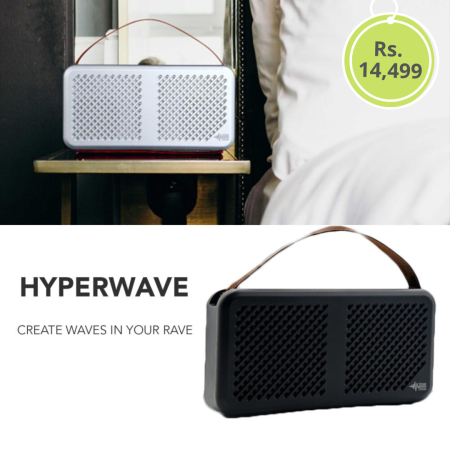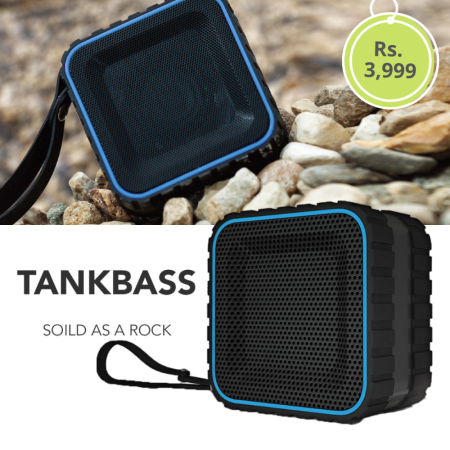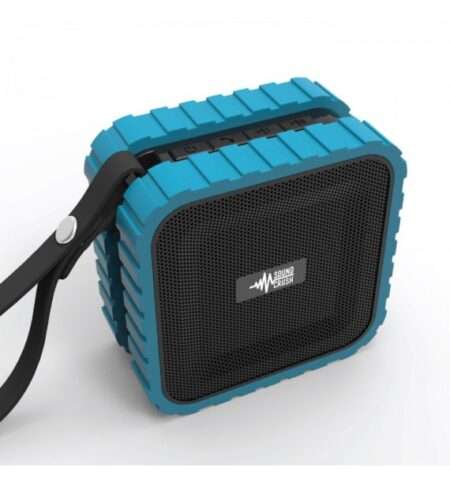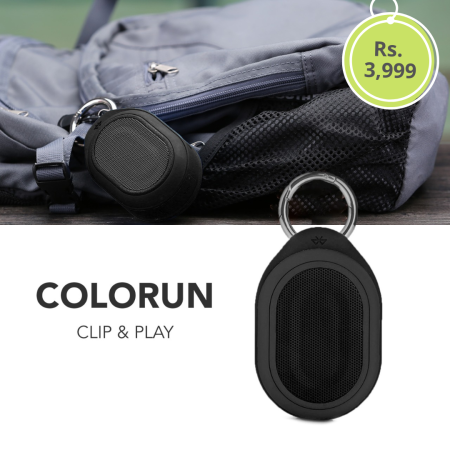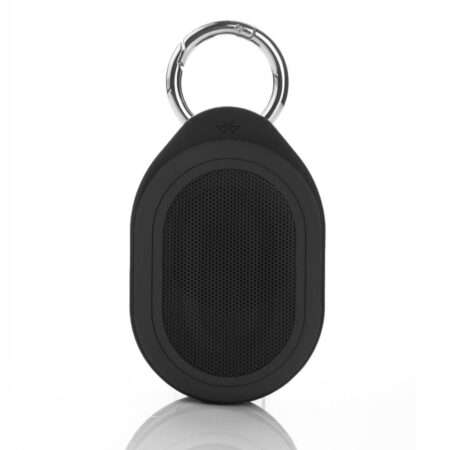Continuing our journey into the history of Pakistani music, we enter the 90s. Possibly the most iconic era for Pakistani music, the 90s witnessed the Pop and Rock genres becoming friends. This gave birth to a new hybrid genre, fittingly known as Pop Rock. The genre became highly popular and started to top the charts. This was mainly due to successful bands like Vital Signs owning Pop Rock in the late 80s and early 90s. Thus started a show called Music Channel Charts by NTM, and it became a nationwide phenomenon. The Music Channel Charts followed a countdown format, showcasing the best music videos being sent from all over the country. This led to a surge in new artists and bands trying their luck with their own music videos.
Legacy That the Music Channel Charts Gave to Pakistani Music
Iconic Pakistani music acts that we love today came to the forefront of the industry through the Music Channel Charts. Bands including Strings, Junoon and Awaz and individual artists like Aamir Zaki are a few examples of the MCC legacy. This led to similar shows like PTV’s Video Countdown and NTM’s MCC sequel called Video Junction taking over the television. PTV also launched an international counterpart called PTV2. Pakistani artists started getting signed onto channels from across the border like MTV India. Which was obviously great for the artists, but not so much for the Pakistani music industry as a whole. Our very own talent was being taken from us.
Contributions by the FM Radio and Recording Companies
In the mid-90s, the inception of FM Radio made Pakistani music more accessible for the general public. You could hear Pop Rock music being blasted through everyone’s cars. A new wave of Pakistani music started as recording companies like EMI Pakistan started to sign talented acts. Vital Signs, Strings and Junoon, to name a few, became the poster bands for the label. A few of these acts even got the opportunity to perform overseas in countries like the USA. Around this time, Abrar-ul-Haq released his debut album Billo De Ghar, earning the title of King of Pakistani Pop. Even more iconic artists like Hadiqa Kiani made their debut with Sargam during this era. By the late 90s, she became the second international female singer to be signed by Pepsi’s Pakistan division.
Effects of the Kargil War and Musharraf’s Coup D’etat on Pakistani Music
It was clearly on the rise during the 90s. Until the Kargil War led to Indian channels being banned in Pakistan. Media was also privatized after Pervaiz Musharraf overthrew the government. But thankfully, our artists and channels didn’t let that break them and instead, saw the circumstances as an opportunity. Pakistani showrunners and bands decided to step their game up to fill the void left by Indian content. This gave birth to a new platform for Pakistani music to thrive on called Indus Music. This channel was one of the few that was available to Pakistani TVs so it utilized that to full extent. Young people across the country tuned in to explore different types of music through Indus Music.
The music industry witnessed huge success and growth during most of the 90s. It also faced many major obstacles that led to artists not being able to perform live or promote their content. But determined acts, channels and showrunners continued to put in their maximum effort to save Pakistani music from extinction. It’s only because of their resilience and hard work that we get to experience many iconic artists and bands today. Pakistani music wouldn’t be at the level it is today if it wasn’t for the 90s.
90s Pakistani Music x Sound Crush’s HYPER WAVE: A Perfect Match
A discussion about 90s Pakistani music would be incomplete without talking about the best way to experience it. Miss the vintage 90s vibe and feeling nostalgic? Want to listen to Pakistani music from that era with the clearest sound? Sound Crush’s modern day boombox, HYPER WAVE, offers a throwback we all long for. Equipped with the latest technology but with an old school aesthetic, 90s Pakistani music has finally met its perfect match. HYPER WAVE looks like it has been ripped straight from the 90s, providing stereo music anywhere and everywhere. Its loud, rich bass and hi-fi sound brings 90s music back to life.
